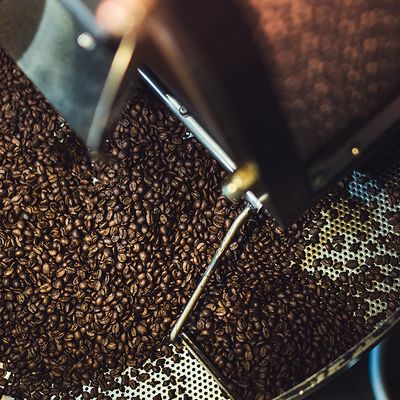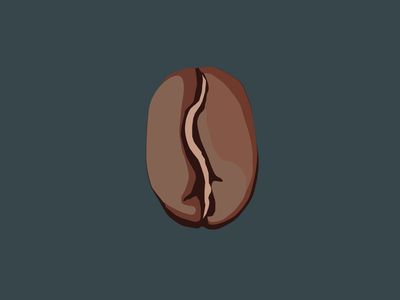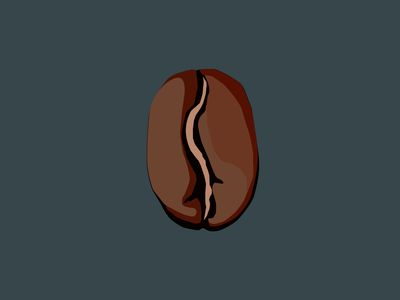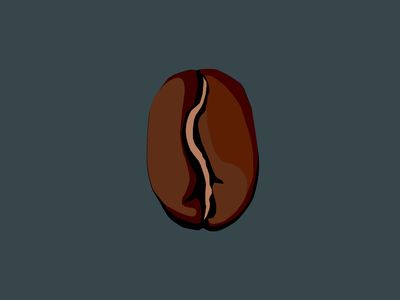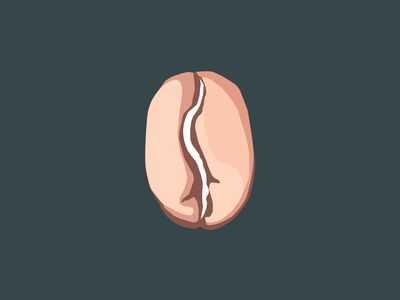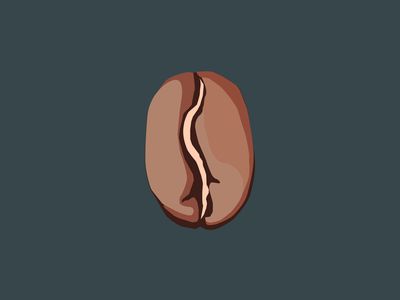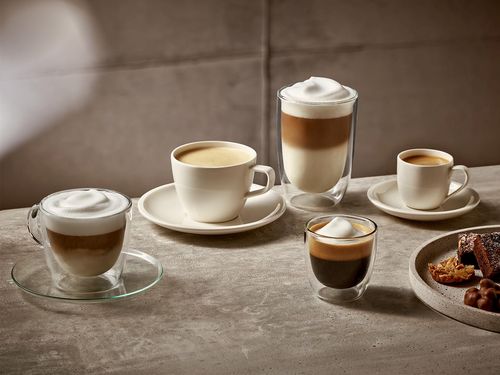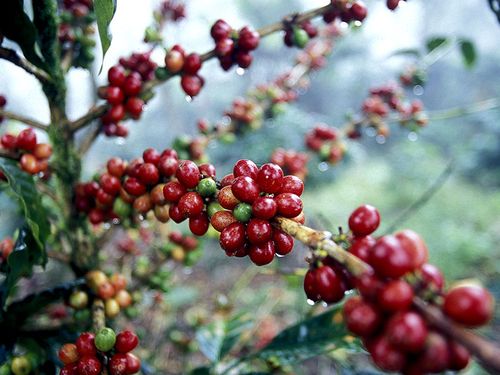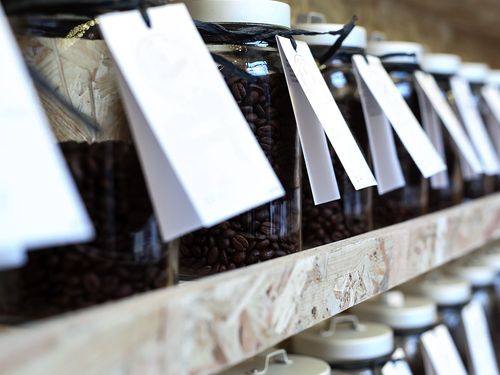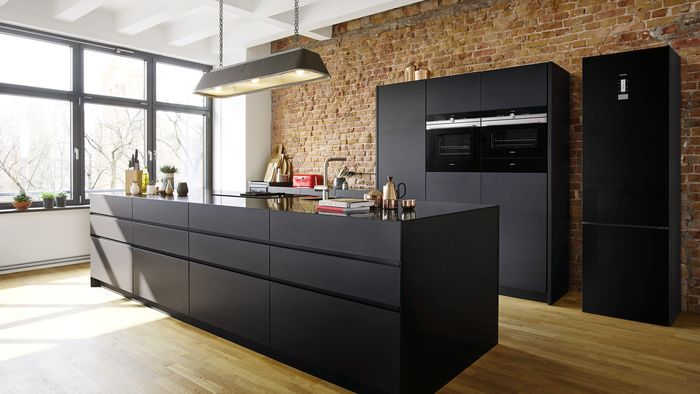The art of turning raw beans into speciality coffees begins with roasting. Dry, raw beans are heated to produce various roasts, each with distinct flavours and aromas. The flavours are a result of chemical changes within the beans and will change depending on the time and temperature used during the roasting process.
Roasting levels.
The length of a roast determines the taste of the coffee you drink. Beans that are roasted for longer are generally more bitter and stronger, with light roasts being sweeter and fruitier.
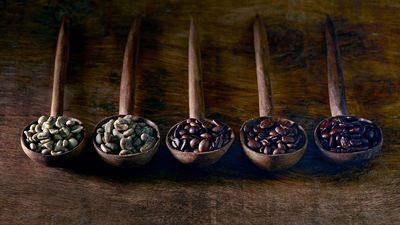
Roasting Processes.
Roasting transforms raw beans into the coffee beans we know and love. During this process, gasses within the beans cause it to expand to double it size whilst also accounting for the beans losing between 11 and 20 % of their mass.
Air Roasting.
During air roasting, a computer-controlled process pumps hot air into a roasting chamber heating coffee beans to a specific temperature. This precise roasting method yields more consistent colour, flavour, undertones and aromas, making it the preferred method of roasting for coffee chains.
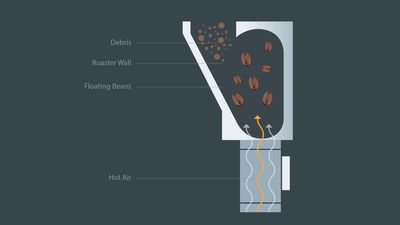
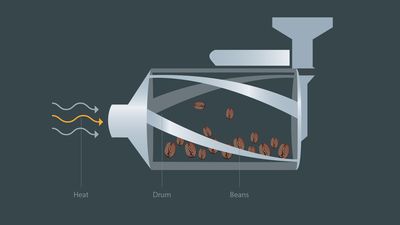
Classic Roasting.
Classic, or hand roasted coffee is made by progressively heating small batches of coffee in a drum. This method requires a roast master to constantly supervise the progress to produce the perfect roast based on look and smell. This cost intensive, highly-skilled method of roasting coffee produces exceptional aromas.

